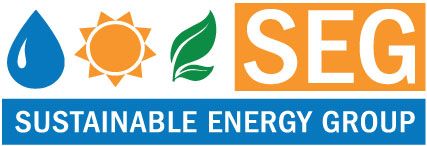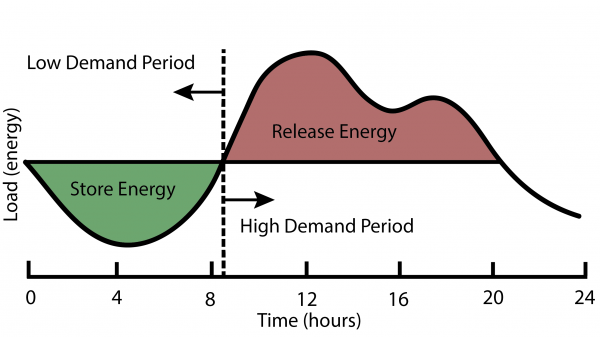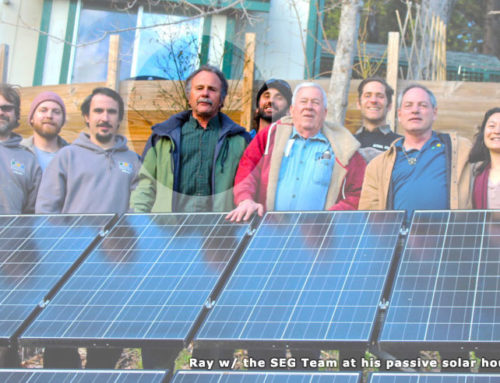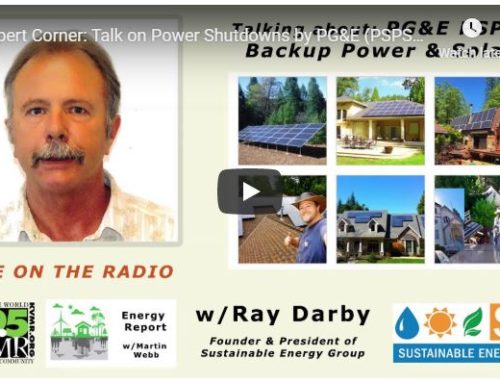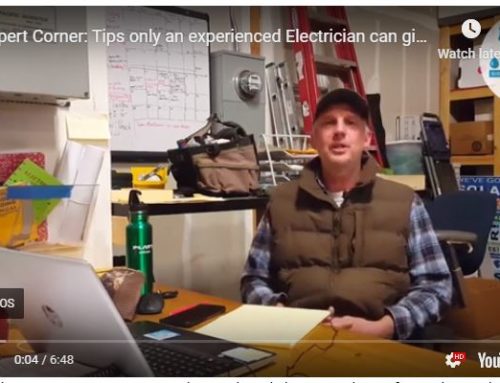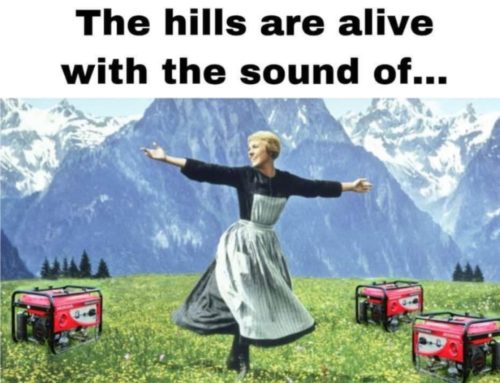Water batteries?
Let’s dive in…
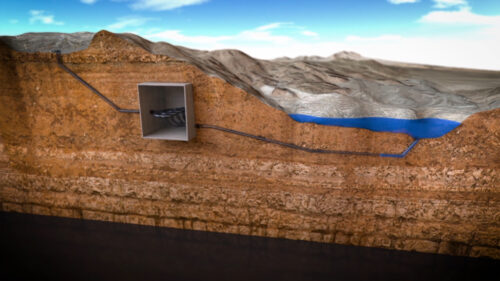


While hiking up near Lake Spaulding I noticed a shiny metal pipe running down the mountain next to the dam. What is that? What is it’s use? Is it releasing water down or pumping it up? Is that pumped water storage?
The true question should be why I was thinking about electricity while hiking in nature.
Well…
#1. I am an energy geek.
#2. We need out of the box thinking to meet our energy needs in a sustainable, non-polluting way, so that future generations can enjoy this beauty too.
As many solar energy advocates and customers may already know, Solar PV produces energy only when the sun is shining. Then with programs like Net Energy Metering, the extra energy passed to the grid during the day earns credits to offset the energy needed at night. If designed for a full offset, solar customers can end up “zeroing” out their bills at the end of the billing year.
Sounds perfect right? Well, almost…
As you can see in the chart below the lines represent our energy needs or demand. Solar power makes the demand curve downward during the day, but then demand jumps up once the sun goes down.
Right now the challenge is how to fulfill that energy need during the spike and while the sun is down after the spike.
Because our energy generating facilities are slowed down during the day, that need to ramp up fast to meet demand. A lot of fuel is burned to ramp up production of energy. Peaker power plants are built to help with this. Energy costs go up during this time as well because of this need to get a lot of energy in the grid in a short amount of time.
In order to burn less fossil fuels we will need alternate ways to produce energy. We need energy production to go from 0-60mph, very fast. Which cars are becoming the fastest these days? The ones powered by batteries and electric motors.
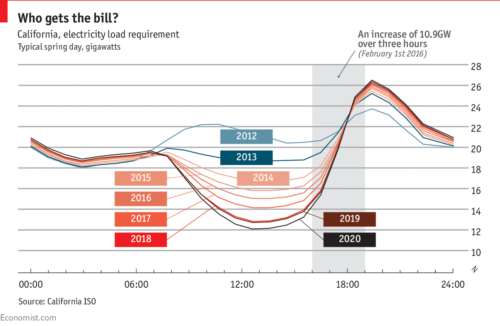


As we continue to install more solar, we will have surplus energy. Already we are seeing that the solar energy is cheaper during the day as it takes less to produce it. Our solar panels are great workers!
Pumped water storage is a way to use that extra “cheaper” daytime energy to pump water up to a reservoir, to then let if flow down at night creating clean energy when we need it most.
Fun Fact: Pumped water storage makes up about 92% of energy storage in the U.S. and 96% worldwide. Yes, 96%!
As you can see in the image below a water reservoir on a hill can become a “water battery” as it passes by turbines on it’s way to the lower reservoir.
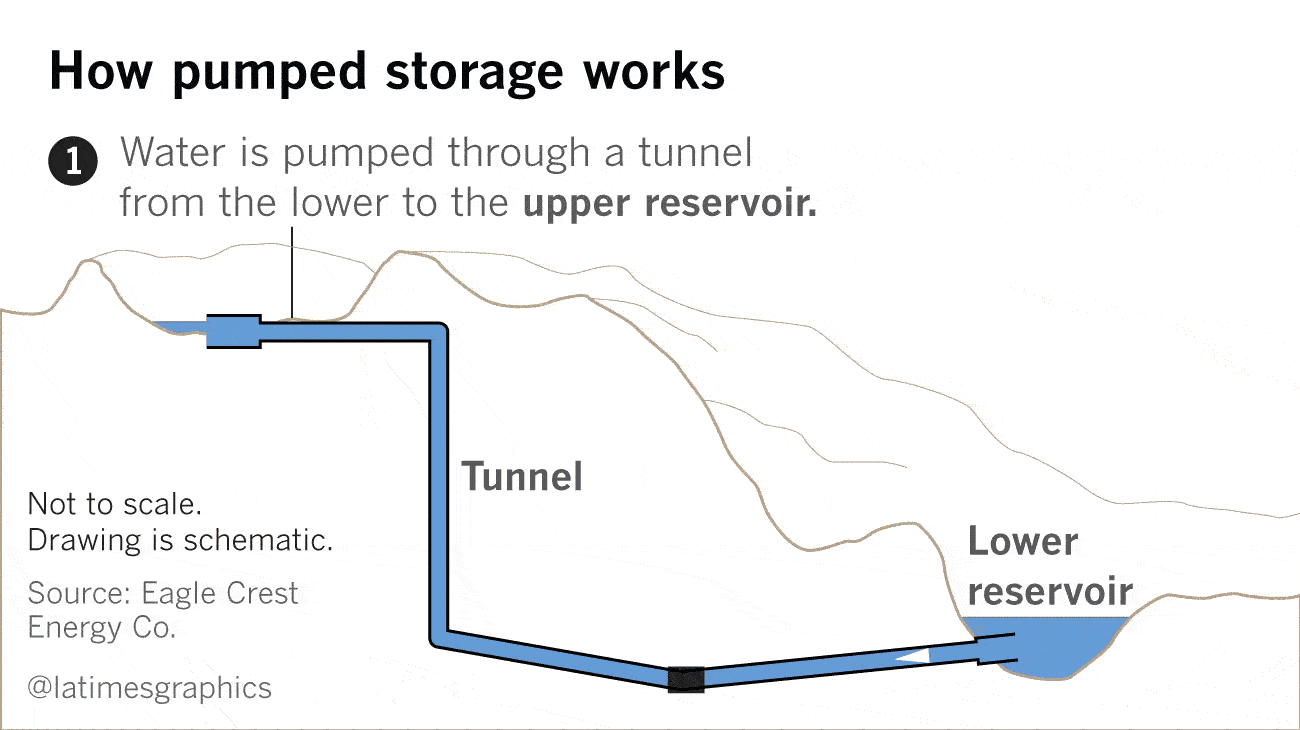


The problem, better yet, the opportunity.
Adding massive amounts of solar to the grid will create extra energy and it will eventually and already is in some cases creating a surplus of energy that cannot be used in the day. When the sun goes down and energy is needed most we will need a lot of energy to power the grid, fast. Then we will need sustained amount throughout the night.
Pumped water storage concepts can play are role for large amounts of sustained energy and easier to ramp up quickly batteries like lithium will be needed at sundown.
How can we store energy with the least amount of negative impact to the environment at the highest efficiency and best cost possible.
Here are some concerns using water pumped water storage as an example:
#1. Where does the water come from initially? When the water evaporates how do we refill and from where?
#2. Where do you build the reservoirs so that they don’t damage ecosystems.
#3. How far away do you have to transport that energy and what infrastructure is needed to so? How much will it cost?
#3. Will the system be Open Loop (attached to a river) or Closed Loop?
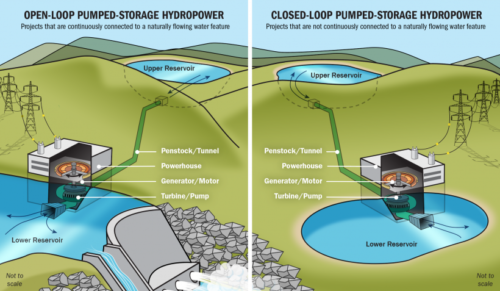


#4. With a finite amount of land on earth, only so many places will “great” locations for water batteries and others “not so great” based on a multitude of factors, one being limited water availability.
Pumped water storage is not the only concept that is being developed for the clean energy we need when the sun goes down. At the moment electro-chemical battery solutions (like lithium ion) are being developed faster with thermal storage also seeing a surge.
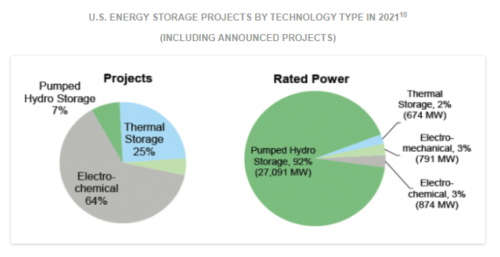


Each type of energy storage has it’s own challenges and we need out of the box thinkers to help usher us a cleaner energy reality.
What does this mean to you, in Northern California as a homeowner dealing with power outages?
For most of homeowners and commercial businesses in Northern California all of these large batteries aka energy storage systems sound great for the big picture, but considering that most will still be built many miles away from our homes and businesses we will still have power outages due to fires, PSPS and other power failures.
Therefore, it seems that home battery systems and/or generators are still the best solution to avoiding power outages where we live and work. We need to take energy into our own hands.
World view, we need huge “batteries” to transition away from burning fossil fuels at night.
Local view, we need batteries (and generators) close to our homes and businesses to avoid power outages.
In conclusion:
Since we all don’t have huge amounts of land and enough money or ability to implement larger scale systems, lithium ion batteries are still the best available choice for energy storage at home. Their high density and excellent efficiency make them a “best bet”… for now.
Water batteries, compressed air batteries, gravity batteries, hydrogen, and alternative battery chemistries are on their way for home use, but are not truly feasible yet. Local micro-grids are making headway but not everyone can band together to make them happen.
With all of these options being “almost here” we must continue dreaming and innovating and we must do it in a way that will make our children proud. Believe I won’t judge you if you are looking at a dam on your next hike and wondering, “how can we do this even better.”
We must continue thinking about how we can usher in a reality that is ready to be created, and we must do it with an urgency to make our children proud.
What idea can you think of as a possible solution to this monumental opportunity for energy storage?
—
P.S. I never did find out if the metal pipe at Lake Spaulding was for pumped energy storage, but I did find out that we truly have about 6 pumped energy storage large scale projects in California that you can read about here.
You can also see many of the pumped storage plants worldwide and one that are planned here>> (China is building A LOT!)
Is it possible to have pumped energy storage at home? So far many feel it’s not that efficient or feasible, but anything is possible, if we can dream it.
Great Article >> Sustainable pumped-hydro across 616,818 sites
Read a fun article about 10 Reasons to love Water Batteries here >>
What does that even mean and why SEG at a solar and energy company even want to know.
If you have not noticed lately, home batteries are having supply issues as demand is increasing from all sides. Large commercial projects want batteries, all the car companies want batteries, and with all the power outages home owners want batteries too. We may have though Lithium availability would be an issue but what stuck us this time was the semiconductor chips needed for the batteries to operate are not being made fast enough after COVID shutdown many facilities overseas which is where the majority of our chips come from.
Why did we need batteries to begin with when we have solar? As well know when the sun goes down most of our lights go on, but we no longer collect energy from the sun. So how to we get our energy then? Right now it’s mostly with fossil fuels like gas, oil and coal and nuclear.
Without
Before starting this article, Pumped water storage was a full YES and as I researched more I found it has a bit of controversy wrapped into it. The reason why? Water.
Before we get into why pumped water storage can be a bit controversial let’s first understand what it is and how it works.
